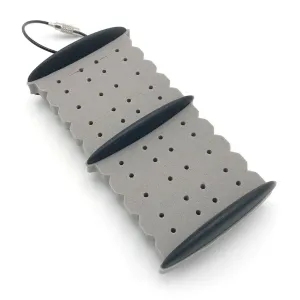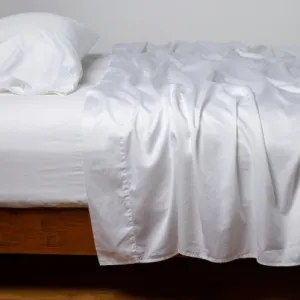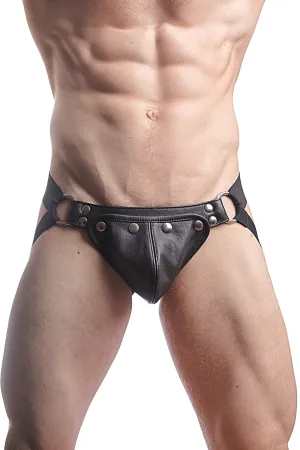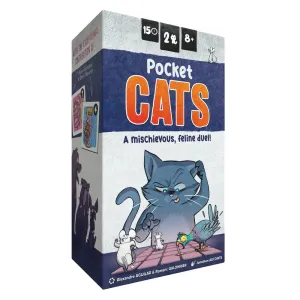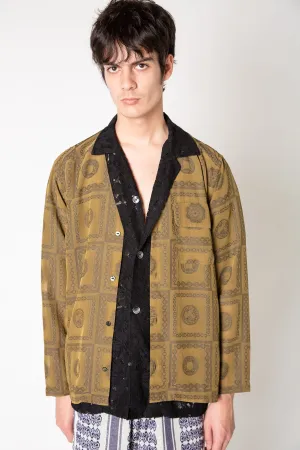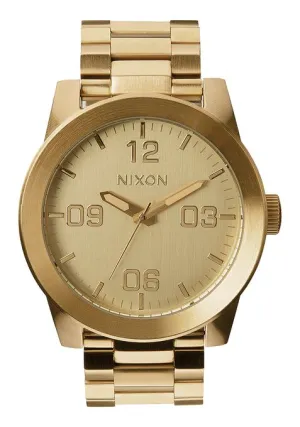*NOTE: There is a stitch that plays lightly for approx. the first 30 seconds of track 1 on side 1, "The Pain of Loving You."
With three brilliant and accomplished singers harmonizing in the studio, you can imagine that faultless midrange tonality is key to the better copies, and you would be right.
Some copies had the girls' sounding a bit dark and veiled. Some had them a bit thin and bright. The Goldilocks Principle comes into play here as it does in so many of our shootouts: the better copies find the right balance of richness and clarity.
This vintage Warner Bros. pressing has the kind of Tubey Magical Midrange that modern records can barely BEGIN to reproduce. Folks, that sound is gone and it sure isn't showing signs of coming back. If you love hearing INTO a recording, actually being able to "see" the performers, and feeling as if you are sitting in the studio with the band, this is the record for you. It's what vintage all analog recordings are known for -- this sound.
If you exclusively play modern repressings of vintage recordings, I can say without fear of contradiction that you have never heard this kind of sound on vinyl. Old records have it -- not often, and certainly not always -- but maybe one out of a hundred new records do, and those are some pretty long odds.
What The Best Sides Of Trio Have To Offer Is Not Hard To Hear
- The biggest, most immediate staging in the largest acoustic space
- The most Tubey Magic, without which you have almost nothing. CDs give you clean and clear. Only the best vintage vinyl pressings offer the kind of Tubey Magic that was on the tapes even as late as
- Tight, note-like, rich, full-bodied bass, with the correct amount of weight down low
- Natural tonality in the midrange -- with all the instruments having the correct timbre
- Transparency and resolution, critical to hearing into the three-dimensional studio space
No doubt there's more but we hope that should do for now. Playing the record is the only way to hear all of the qualities we discuss above, and playing the best pressings against a pile of other copies under rigorously controlled conditions is the only way to find a pressing that sounds as good as this one does.
This Is 1987? Seriously?
And what richness! How did so much Tubey Magic get recorded onto a tape produced in the dark ages of 1987? I can't think of another recording from the period that sounds this good.
A big fat solid snare, full-bodied yet breathy vocals, huge amounts of space around the musicians, a wide and deep stage, dead-on tonality from top to bottom -- once we got into our shootout, these unexpected sonic qualities took us completely by surprise.
As a point of comparison, I am not aware of any Emmylou Harris album that is as well recorded as Trio. As for Linda, only her best 70s recordings are this rich and natural. Can't say much about Dolly's albums as we have never done a shootout for one, not that we wouldn't like to.
What We're Listening For On Trio
- Energy for starters. What could be more important than the life of the music?
- Then: presence and immediacy. The vocals aren't "back there" somewhere, lost in the mix. They're front and center where any recording engineer worth his salt would put them.
- The Big Sound comes next -- wall to wall, lots of depth, huge space, three-dimensionality, all that sort of thing.
- Then transient information -- fast, clear, sharp attacks, not the smear and thickness so common to these LPs.
- Tight punchy bass -- which ties in with good transient information, also the issue of frequency extension further down.
- Next: transparency -- the quality that allows you to hear deep into the soundfield, showing you the space and air around all the instruments.
- Extend the top and bottom and voila, you have The Real Thing -- an honest to goodness Hot Stamper.
The Players
The musicians George Massenburg recruited to play on Trio are some of the best in the business. Their contributions to the success of the album simply cannot be overestimated.
- - tremolo guitar
- Kenny Edwards - electric bass, acoustic bass
- Steve Fishell - dobro, pedal steel, Hawaiian guitar
- Russ Kunkel - drums
- - acoustic guitar, mandolin
- David Lindley - acoustic guitar, mandolin, Autoharp, Harpolek, Hawaiian guitar, dulcimer
- Mark O'Connor - acoustic guitar, viola, fiddle, mandolin
- Bill Payne - acoustic piano, electric piano, harmonium, Hammond organ
- Herb Pedersen - banjo, vocal arrangement
Albert Lee
Even after all these years, I still maintain that Albert Lee put on the single best guitar performance I have ever seen in my life. Caught him in a local bar about ten years ago; he played a set I still remember being awed by to this day. He's known as a guitarist's guitarist -- you often see him on stage for the one-of big shows Clapton, Ringo and other heavy hitters put on for charity and such like.
Vinyl Condition
Mint Minus Minus and maybe a bit better is about as quiet as any vintage pressing will play, and since only the right vintage pressings have any hope of sounding good on this album, that will most often be the playing condition of the copies we sell. (The copies that are even a bit noisier get listed on the site are seriously reduced prices or traded back in to the local record stores we shop at.)
Those of you looking for quiet vinyl will have to settle for the sound of other pressings and Heavy Vinyl reissues, purchased elsewhere of course as we have no interest in selling records that don't have the vintage analog magic of these wonderful recordings.
If you want to make the trade-off between bad sound and quiet surfaces with whatever Heavy Vinyl pressing might be available, well, that's certainly your prerogative, but we can't imagine losing what's good about this music -- the size, the energy, the presence, the clarity, the weight -- just to hear it with less background noise.



